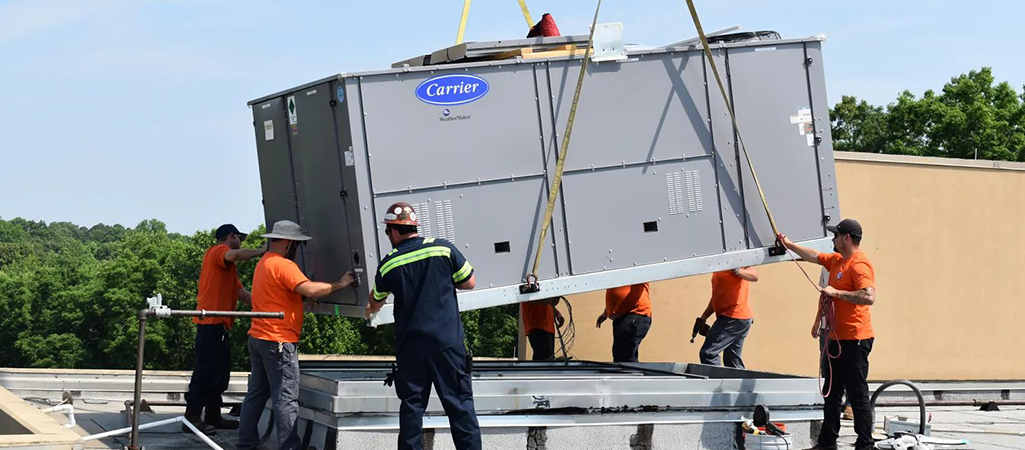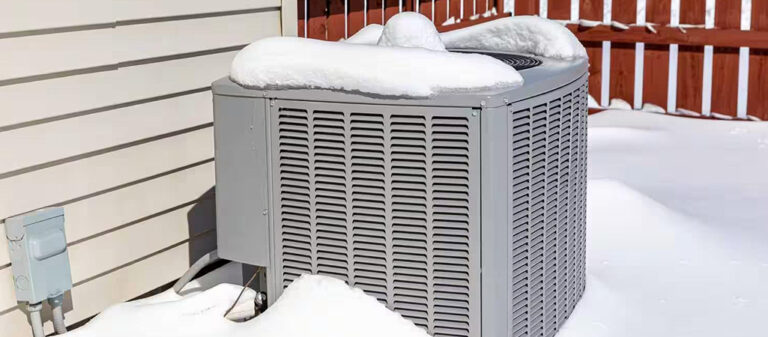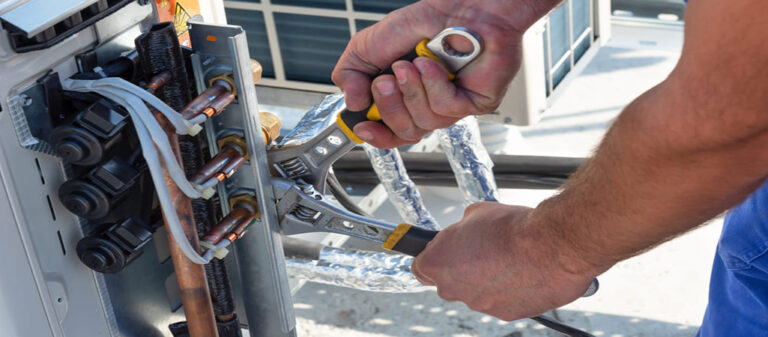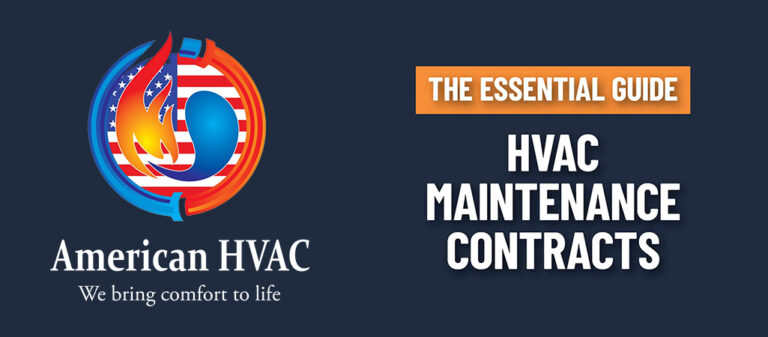At American HVAC Corp, we specialize in the repair and installation of all makes and models of packaged rooftop HVAC units across Queens, Brooklyn, Manhattan, Bronx, and Staten Island.
Our EPA and NATE certified technicians expertly service brands like Trane, Carrier, York, Lennox, Daikin, AAON, Bryant, Rheem, Goodman, Fraser-Johnston, Johnson Controls and more.
Rooftop HVAC units face extreme weather year-round, making breakdowns common. Winter and summer bring unique challenges, so building owners and facility managers should be aware of potential issues and know when to call for service.
20 Common Reasons Packaged Rooftop HVAC Units Fail in Winter
- Draft Motor Failure – The draft motor is responsible for creating the necessary airflow to safely ignite the burners. A failure means the system cannot ignite, causing a shutdown for safety.
- Cracked Heat Exchanger – A cracked heat exchanger poses a significant safety risk, as it can allow harmful gases like carbon monoxide to leak into the building. This often forces a system shutdown.
- Burner Clogged with Debris – Debris accumulation in the burner can block the flame, causing weak or no heat generation.
- Flame Sensor Malfunction – A malfunctioning flame sensor will fail to detect the flame, causing the system to shut down as a safety precaution.
- Gas Valve Sticking or Failing – If the gas valve is stuck or fails, no gas flows to the burners, leading to a lack of heating.
- Ignitor Failure – The ignitor is responsible for lighting the burners. If it fails, the burners won’t ignite, leaving the system unable to produce heat.
- High Limit Switch Trips – The high limit switch trips when the system overheats, triggering a safety shutdown to prevent damage or fire.
- Thermostat Misreading – A thermostat that reads incorrectly can send wrong temperature data, causing the system to either overheat or underheat.
- Blocked Exhaust Vent – Snow, ice, or debris can block the exhaust vent, restricting airflow and causing a system malfunction.
- Dirty Air Filters – Air filters clogged with dirt or debris restrict airflow, leading to system overheating and reduced efficiency.
- Blower Motor Fails – If the blower motor fails, the system won’t circulate warm air, causing the interior space to remain cold.
- Control Board Issues – Problems with the control board interrupt heating cycles, leading to unreliable operation and inconsistent temperature control.
- Transformer Failure – The transformer powers the components of the system. If it fails, the system won’t function.
- Frozen Dampers – Frozen dampers can block the intake of fresh air, causing an imbalance in the system’s operation.
- Wiring Corrosion – Corroded or loose wiring can cut power to critical components, preventing the system from running properly.
- Combustion Chamber Rust – Rust in the combustion chamber disrupts the flame and can reduce the system’s heating efficiency.
- Vibration Loosens Parts – Rooftop HVAC units are subject to vibrations that can loosen parts like sensors and wires, leading to operational problems.
- Low Gas Pressure – Low gas pressure causes inconsistent heating performance, leading to cold spots in the building.
- Incorrect Fan Speed Settings – Incorrect settings on the fan can restrict airflow, resulting in poor heating performance and system stress.
- Short Cycling – Short cycling happens when the system constantly starts and stops, putting unnecessary strain on the components and reducing lifespan.
20 Common Reasons Packaged Rooftop HVAC Units Fail in Summer
- Low Refrigerant Charge – Low refrigerant levels reduce the system’s cooling capacity, leading to poor performance and higher energy bills.
- Dirty Condenser Coils – Dirty condenser coils can’t release heat properly, causing the system to overheat and fail to cool effectively.
- Blower Motor Burnout – If the blower motor burns out, the system can’t circulate cool air, leaving the building hot and uncomfortable.
- Capacitor Failure – The capacitor helps the fan and compressor start. If it fails, the system may struggle to start, leading to a breakdown.
- Thermostat Misreading – Incorrect readings from the thermostat can disrupt cooling cycles, causing the system to either overcool or undercool.
- Control Board Malfunction – A malfunctioning control board prevents the system from properly following the cooling cycle, leading to unreliable performance.
- High Static Pressure – Ductwork issues that restrict airflow can cause high static pressure, resulting in poor cooling performance.
- Fan Motor Failure – The fan motor pushes air through the system. A failure here means the system can’t cool the space effectively.
- Compressor Overheating – When the compressor overheats, it triggers a safety shutdown, preventing further damage to the system.
- Dirty Evaporator Coil – A dirty evaporator coil restricts heat transfer, reducing the system’s cooling efficiency and increasing energy consumption.
- Loose or Burned Wiring – Wiring issues can cause power loss to essential components, leaving the system inoperable.
- Clogged Air Filters – Clogged air filters limit airflow, reducing cooling efficiency and potentially causing overheating.
- Overcharged Refrigerant – Too much refrigerant puts excess pressure on the system, damaging components and reducing efficiency.
- Thermal Overload Switch Trips – If motors or compressors overheat, the thermal overload switch trips to protect the system from burning out.
- Voltage Imbalance – Electrical voltage issues can cause equipment to malfunction or fail, damaging sensitive components.
- Faulty Sensors – Sensors that send incorrect data can confuse the control board, leading to improper cooling cycles.
- Compressor Short Cycling – Short cycling, where the compressor starts and stops frequently, wears out the compressor and reduces its lifespan.
- Loose Panel Gaps – Gaps in panels or seals cause air leaks, reducing the system’s overall efficiency and cooling capacity.
- Unbalanced Fan Blades – Unbalanced fan blades cause vibrations, which can lead to premature motor failure.
- Coil Icing – Poor airflow or low refrigerant can cause ice to form on the evaporator coil, disrupting cooling and potentially damaging the system.
Why Fast Rooftop HVAC Repairs Matter
Rooftop packaged units are essential for maintaining comfort in commercial buildings. Winter breakdowns can lead to frozen pipes and halt operations, while summer failures can drive customers away or overheat equipment. At American HVAC Corp, we offer fast-response HVAC repairs performed by our EPA and NATE-certified technicians. Our fully stocked vans allow us to quickly address common rooftop HVAC issues and get your system back up and running.
Brands We Repair & Install
We work with all major rooftop packaged HVAC unit brands, including:
Trane | Carrier | York | Lennox | Daikin | AAON | Bryant | Rheem | Goodman | Fraser-Johnston | Johnson Controls and more.
Serving NYC’s Five Boroughs and surrounding.
- Queens
- Brooklyn
- Manhattan
- Bronx
- Staten Island
- Westchester County, NY
- Nassau County
- Suffolk County
Call American HVAC Corp for Expert Packaged Rooftop HVAC Service
Whether it’s the peak summer heat or freezing winter cold, our team is ready to restore your rooftop HVAC unit fast. Need HVAC service now? Call American HVAC Corp!
